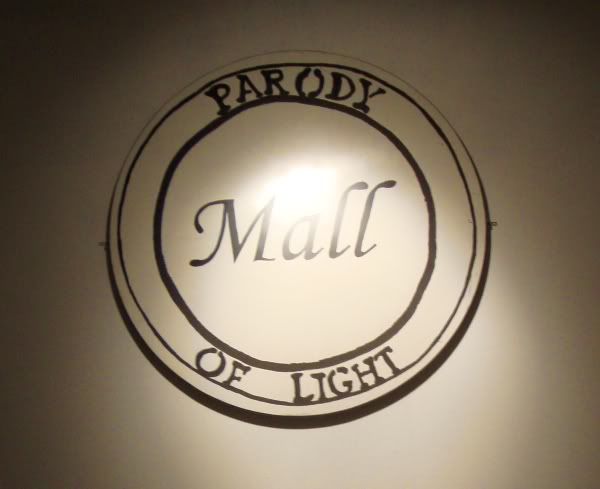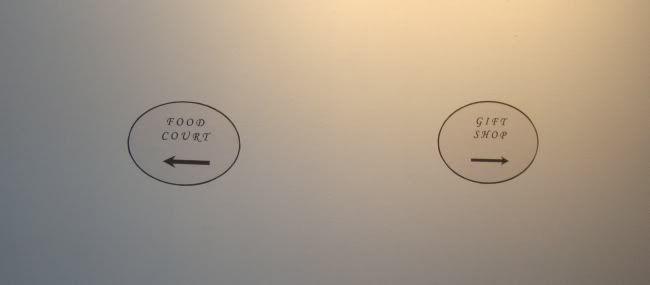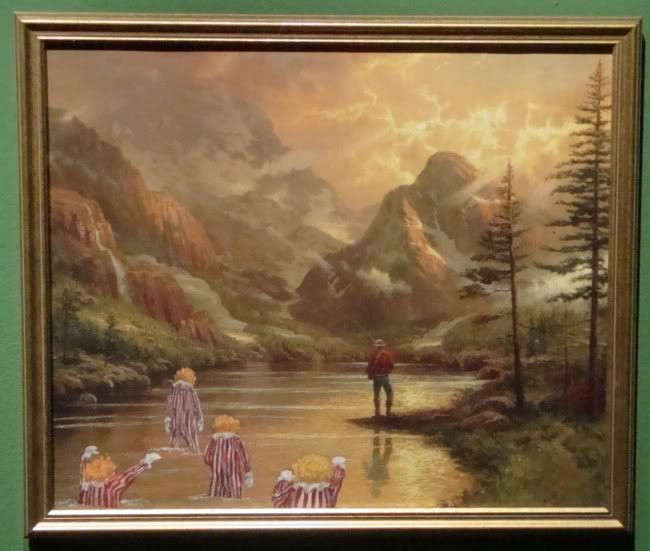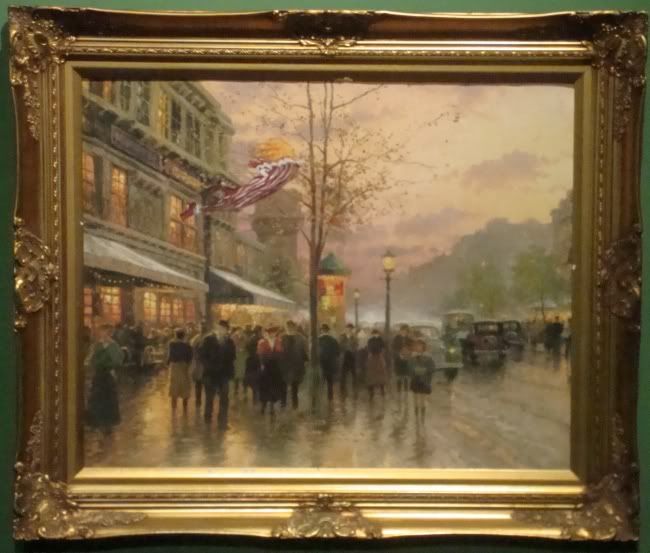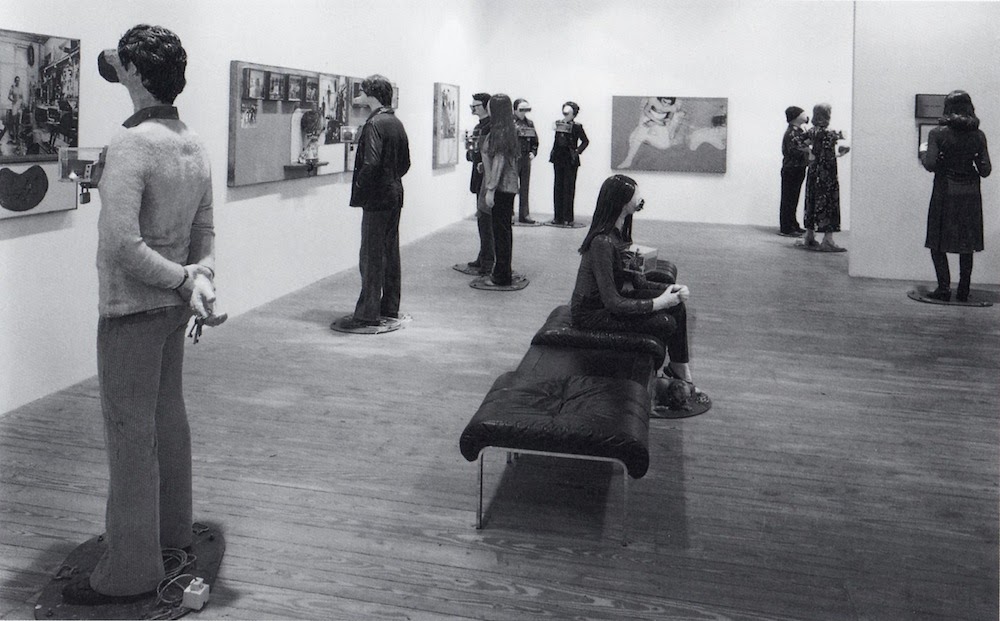Robert Boyd![]() Forming II by Jesse MoynihanI wrote
Forming II by Jesse MoynihanI wrote about Jesse Moynihan's highly amusing götterdämmerung
Forming![]()
a couple of years ago. The second volume,
Forming II![]()
, has just been published (and you can also
read it online at
Moynihan's website). I thought about writing a review of the second volume, but such a review would have been too similar to the first. Suffice it to say,
Forming II excellent.
But it occurred to me as I read
Forming II that it's hard to keep everyone straight. There are
so many characters in these books, and they come from such a wide variety of mytho-religious traditions. So I decided I'd make a list of all the characters, who they are in mythology and who they are in Moynihan's hilarious mash-up of mythologies.
I realize that this post will be utterly obscure to 98% of this blog's readers. And I admit it's a totally fanboyish post to write. All I can say is, check out his comic--you can read it on your computer for free--and decide if you're interested. Or just skip this post!
I thought about organizing it alphabetically, but I decided instead to do it in order of the characters' appearance in the story (more or less). That way, you can read it along with the books or online strip. But keep in mind--my descriptions of the characters will frequently contain spoilers.
There are several characters that have no name (yet) and no mythological counterpart--the Yeti-like creature that defeats Atys, the snake-man who aids Lucifer, the personification of death that visits Nommo on Dogon, etc. But I wanted to concentrate on the identifiably myth-based characters.
Two characters who are mentioned but don't exactly appear in
Forming are Ahura Mazda (father of Mithras) and Ain Soph.
Ahura Mazda is a Zoroastrian deity, and
Ain Soph in Kabbalistic lore is God prior to his self-manifestation.
![]() MithrasMithras.
MithrasMithras. In the book, he is a powerful, high-tech being from planet Dogon who has come to Earth in 10,000 BC to develop a mining colony. He is the son of Ahura Mazda and his assistant on Dogon is Nommo. He weds Gaia and fathers several children, who rebel against him.
Mithras was a Roman deity. It was assumed for a long time that he was associated with the Zoroastrian angel, Mithra, but apparently this link is now considered dubious. There is not much known about the Roman Mithras (although much is known about his
cult). The Persian (Zoroastrian) Mithra was subordinate to Ahura Mazda, and was associated with cattle, the morning sun and justice.
![]() NommoNommo.
NommoNommo. Nommo is Mithras' put-upon assistant back on Dogon. He is contacted in his dreams by Lucifer, who is seeking outsiders to help him escape from his hellish prison at the center of the Earth. Lucifer later transforms Iapetus into Nommo.
In Dogon mythology,
Nommo is not necessarily a person but a type of person--amphibious, hermaphroditic creatures. (The Dogon are a tribal group in Mali.) The Nommo are also associated with "ancient astronaut" claims, which sort of fits here.
![]() Themis (left) and Gaia (right)Gaia.
Themis (left) and Gaia (right)Gaia. She is a work-boss in Mithras' colony who becomes Mithras wife. We later learn that she was instructed to do so by Ghob, the gnome king. She has several children with Mithras--Brontes, Steropes, Arges, Cronus and Rhea--as well as two, Themis and Iapetus, with her lover on the side, Noah.
In Greek mythology, Gaia is the primordial goddess who represents the Earth. She is the mother of a whole host of mythological beings, including the Cyclopes, the Titans, some of the Muses and many more.
![]() Cronus and ThemisCronus.
Cronus and ThemisCronus. Cronus is one of the sons of Gaia and Mithras. Ghob instructs him to rebel against Mithras.
Cronus in Greek mythology is one of the Titans, a son of Gaia and Uranus. He becomes leader of the Titans and kills Uranus, only to be killed in turn by his son Zeus.
![]() Left to right, Brontes, Steropes and ArgesBrontes.
Left to right, Brontes, Steropes and ArgesBrontes. A son of Gaia and Mithras, he is a Cyclops.
In Greek mythology, Brontes is one of
the three Cyclopes born of Gaia and Uranus. Brontes is also known as the thunderer, and all three brothers are expert craftsmen, forging Zeus's thunderbolts, Poseidon's trident, Artemis's bow and arrows, etc.
![]() SteropesSteropes
SteropesSteropes. Another Cyclops son of Gaia and Mithras.
In mythology, Steropes is known as "lightning."
![]() ArgesArges.
ArgesArges. Another Cyclops son of Gaia and Mithras. He is contacted by Lucifer in a scheme to overthrow Mithras.He ends up in the pit of Tartarus, guarding a gem that Lucifer needs to escape his prison.
In mythology, Arges is "bright."
![]() Serapis meets the native humansSerapis the Androgyne.
Serapis meets the native humansSerapis the Androgyne. He and his posse of Nephalim guards land on Earth sometime after Mithras. They are law enforcement figures whose job is to shut down Mithras' illegal mining colony--but Serapis wants instead to get in on the action.
Serapis is a Graeco-Egyption god, supposedly devised by Ptolemy I to bring the Greek conquerors and Egyptian subjects closer together. He is, in a sense, a Greek version of the Egyptian god of the afterlife, Osiris.
![]() Serapis and the Nephalim GuardNephalim Guard.
Serapis and the Nephalim GuardNephalim Guard. They are clones of Serapis, acting as his henchmen.
The Nephalim appear the Torah as offspring of the "sons of god" and the "daughters of men."
![]() Thenis and MithrasThemis.
Thenis and MithrasThemis. Themis is a daughter of Gaia and Mithras. She wears a blindfold and can communicate telepathically. She contacts Cain by telepathy when she becomes worried about the degenerating state of her mother.
Themis was a Titan, representing Justice and divine law.
![]() Iapetus and LuciferIapetus.
Iapetus and LuciferIapetus. A son of Noah and Gaia, he is prematurely aged during the overthrow of Mithras. He keeps running things more or less as Mithras had, under the influence of Lucifer. His face is ripped off by Ghob, but he gets a new face--Nommo's face--courtesy of Lucifer.
Iapetus was a Titan, and a god of mortality. He is one of the sons of Uranus and Gaia--but he is sometimes linked to Japheth, one of the sons of Noah.
![]() LuciferLucifer.
LuciferLucifer. At the dawn of time, Lucifer wills himself into being, declaring himself independent of Ain Soph. He is trapped at the center of the Earth and contacts Arges, Nommo and the unnamed snake-man to try to free him.
Lucifer is, of course, the angel in the Christian faith who rebelled against God and was cast down.
![]() Michael holding MithrasMichael.
Michael holding MithrasMichael. Michael is an agent of Ain Soph who battles Lucifer. During the battle, they inadvertently cause the universe to come into being. As punishment for this, Michael casts Lucifer into the center of the Earth, where he plots his escape.
The Archangel Michael is mentioned in Jewish, Christian and Islamic scripture.
![]() AdamAdam.
AdamAdam. One of the humans encountered by Serapis when he and his Nephalim Guard land on Earth. Like all humans before the aliens came, he could communicate telepathically with other humans and animals. He was vegetarian, but Serapis corrupts him into eating meat. He seems to fair pretty poorly under Serapis'"civilizing" influence.
Adam is the first human in the Jewish, Christian and Islamic faiths.
![]() Serapis, Adam and SheshaiSheshai.
Serapis, Adam and SheshaiSheshai. Another of the Nephalim.
In the Bible, he is one of the sons of Anak.
![]() RheaRhea.
RheaRhea. A giantess, she is the daughter of Mithras and Gaia. She loves her brother Cronus and has a baby, Zeus, with him. After Ghob rips Iapetus's face off, she engages with Ghob in an epic battle.
In Greek mythology, Rhea was a Titan, married to Cronus and the mother of Zeus. She hides Zeus from Cronus so that he can grow up and defeat his father, freeing his siblings, the Olympian gods, whom Cronus had swallowed.
![]() NoahNoah.
NoahNoah. Noah is one of the people of Atlantis not enslaved by Mithras. He is Gaia's lover and father of Iapetus and Themis.
In Jewish, Christian and Islamic traditions, Noah is the last of the pre-Flood patriarchs. He saves humanity and all animals by building an ark. His sons are Ham, Shem and Japheth.
![]() GhobGhob.
GhobGhob. The gnome king, he forces Gaia to marry Mithras, knowing that such a union would produce children capable of overthrowing Mithras. He later attacks Iapetus and rips his face off and subsequently engages in an epic battle with Rhea and Zeus.
Ghob doesn't appear to come from any ancient mythology as far as I can determine, but in modern "magical" practices, he is associated with the element of Earth and is the king of gnomes.
![]() Serapis and EveEve.
Serapis and EveEve. Another of the humans Serapis encounters. He teaches her English then rapes her, impregnating her with Cain.
Eve is the second human in the Jewish, Christian and Islamic faiths.
![]() Serapis and TalmaiTalmai.
Serapis and TalmaiTalmai. One of the Nephalim.
In the Bible, Talmai is a son of Anak and a member of the Nephalim.
![]() ArbaArba.
ArbaArba. Another of the Nephalim.
In the Torah, Arba is the father of Anak.
![]() Anak and AtysAnak.
Anak and AtysAnak. One of the Nephalim.
Anak is a figure from the Torah, an offspring of the Nephalim.
![]() AtysAtys.
AtysAtys. He comes from the same place as Serapis and Mithras. Repeatedly bested by Serapis, he finally seems to have the upper hand only to be defeated by what appears to be a Yeti, who turns him into a large stone.
Attis was a Phrygian god of self-mutilation (he castrated himself ) and vegetation. At one time, he was associated with Atys, the son of Croesus as mentioned in the Histories of Herodotus. That identification was apparently spurious, though.
![]() Emperor MainyuEmperor Mainyu.
Emperor MainyuEmperor Mainyu. He sent Atys to assassinate Serapis for going rogue.
Angra Mainyu was the evil opposite of Ahura Mazda in Zoroastrianism, a sort of Satanic figure.
![]() JanusJanus.
JanusJanus. On a whim, Janus manipulates time and space to help Atys.
Janus was a distinctly Roman god (having no Greek counterpart). Two-faced, he was the god of beginnings and transitions.
![]() CainCain.
CainCain. Child of Serapis and Eve. Through communication with Themis, he becomes aware of the gem that Lucifer lost. His battle with Nommo and the army of Titans causes the destruction of Atlantis and the seeming death of many characters. (But with Gods, death is not always the end.)
In the Bible, Cain is also the son of Adam and Eve, and kills his brother Abel--the first murder.
![]() ZeusZeus.
ZeusZeus. Zues is the blue skinned offspring of Rhea and Cronus.
In Greek mythology, Zeus is also the offspring of Cronus and Rhea, but he kills Cronus, who had hitherto eaten all his brothers and sisters upon birth. These siblings become the other gods of Olympus and Zeus is their king. His overthrow of Cronus leads to the battle between the gods and Titans.
![]() Left to right: Adam, Abel and SethAbel.
Left to right: Adam, Abel and SethAbel. A son of Adam and Eve. Half-brother of Cain.
Abel, is, of course, the first murder victim in the Bible. (But not the last!)
Seth. A son of Adam and Eve. Half brother of Cain.
In Jewish and Islamic traditions, Seth is the third son of Adam and Eve, born after the murder of Abel.
![]() Metatron and NoahMetatron.
Metatron and NoahMetatron. "Mediator between higher and lower gates," he seems to be a messenger on behalf of Ain Soph, appearing to Michael and to Noah at various times.
Metatron is an archangel in Jewish and Christian folklore, although he does not appear in canonical scripture.
![]()
![]()






 (
(




 (Uncivilized Books, 2014) by
(Uncivilized Books, 2014) by 
 ), but it seems only intermittently successful here.
), but it seems only intermittently successful here.

 (Fantagraphics, 2014) by
(Fantagraphics, 2014) by 




















 , p. 6, 1993). So when someone makes an argument that we are excluding a certain class of art for reasons of "quality," I am suspicious.
, p. 6, 1993). So when someone makes an argument that we are excluding a certain class of art for reasons of "quality," I am suspicious.


 describes the show as work that "Don collected from pawnshops, antique stores, and the banks of Buffalo Bayou [...] 'cultural objects of ambivalent status.'" The board questioned whether objects like brass knuckles belonged in a museum.
describes the show as work that "Don collected from pawnshops, antique stores, and the banks of Buffalo Bayou [...] 'cultural objects of ambivalent status.'" The board questioned whether objects like brass knuckles belonged in a museum.
 a couple of years ago. The second volume,
a couple of years ago. The second volume,  , has just been published (and you can also
, has just been published (and you can also 
































